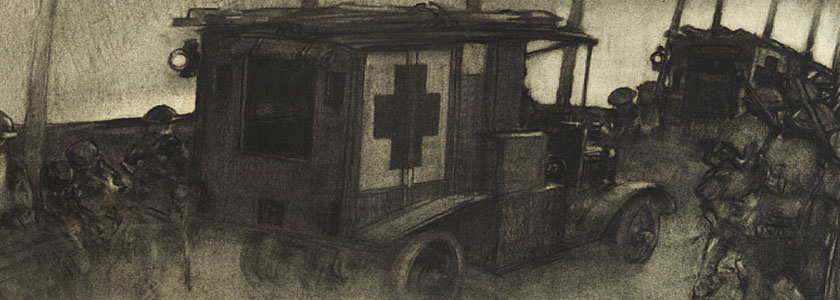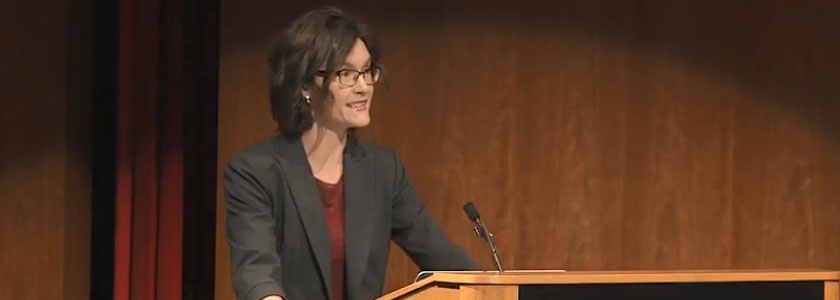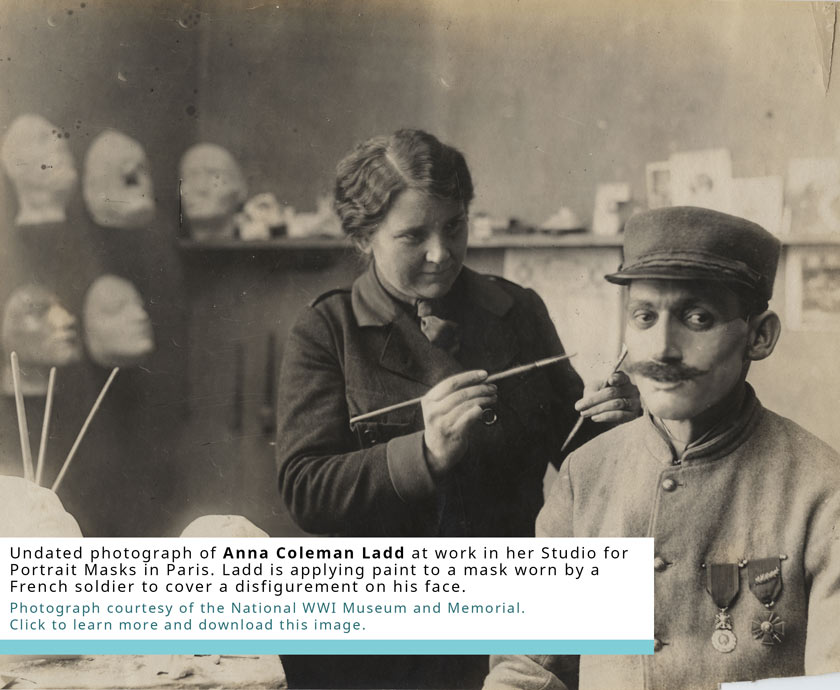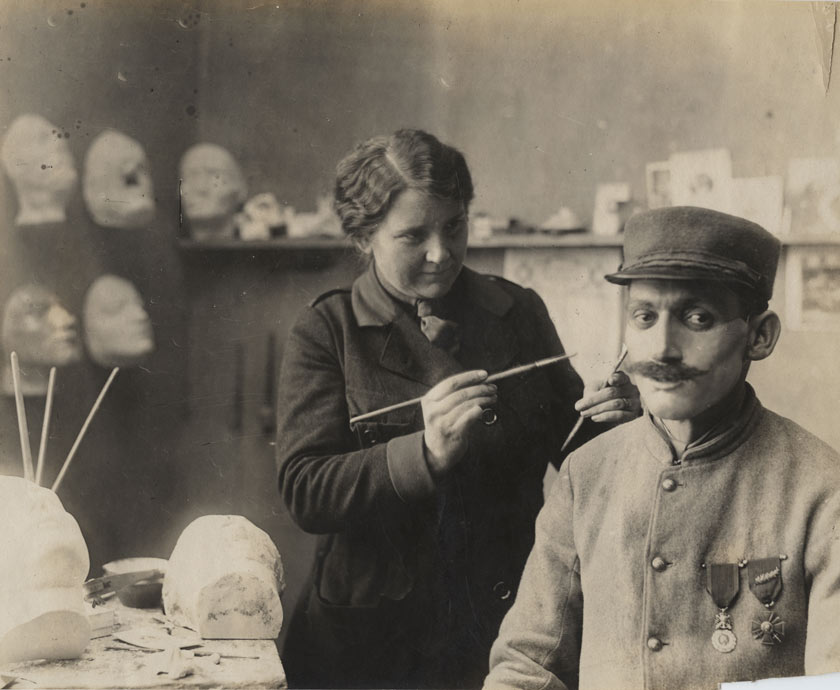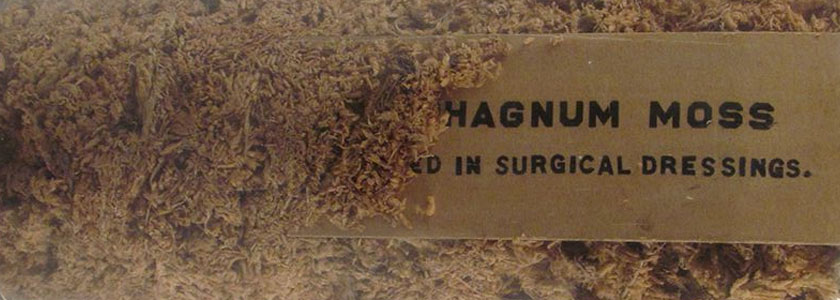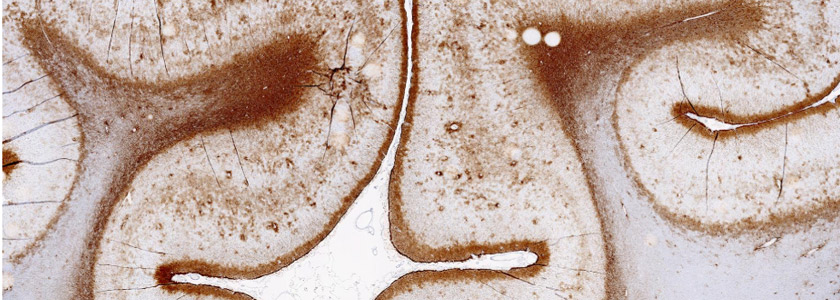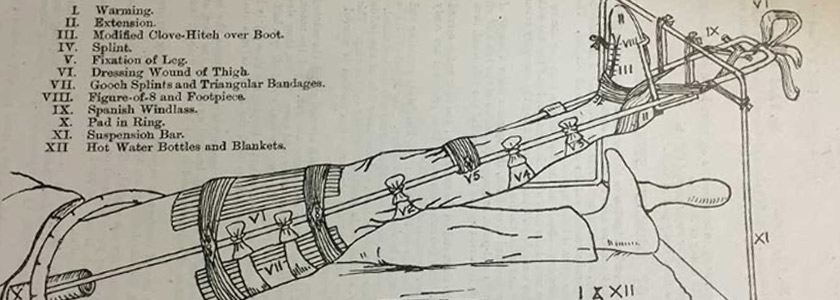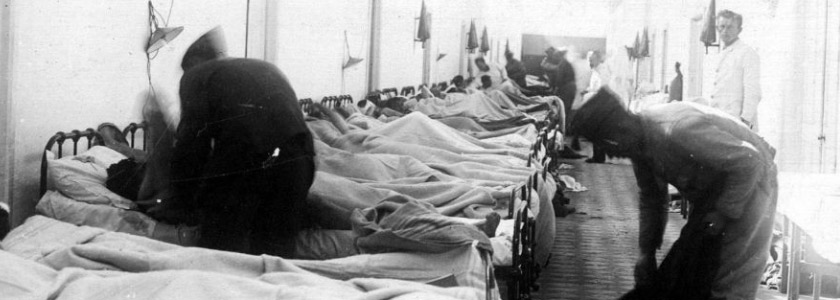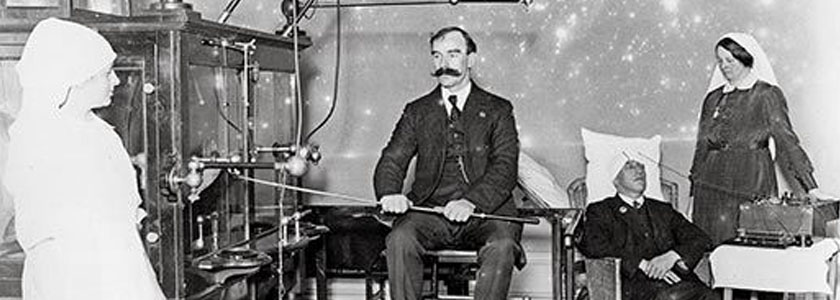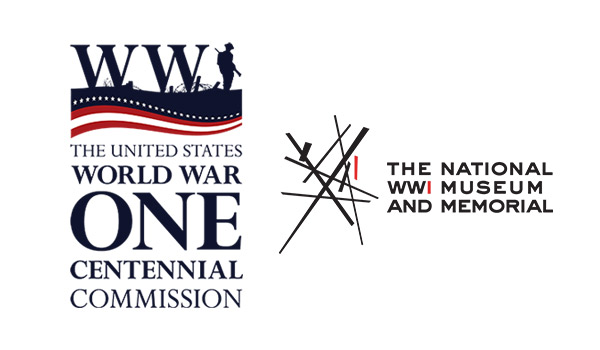Education Resources on WWI. You are receiving this email because you expressed interest. | View in browser

World War I brought with it profound changes in medicine, but the same advances in technology that led to improved medical treatment also revolutionized the nature of war injuries.
The term “Shell Shock” originated in WWI and referred to a wide range of physiological and psychological symptoms, from what we would today call Post-Traumatic Stress Disorder (PTSD) to Traumatic Brain Injuries and other wounds inflicted by the concussive blasts of modern heavy artillery.
Improvements in medical sanitation, physical therapy and prosthetics all led to more soldiers surviving and resuming normal lives, but the war still exacted a monumental toll and caused lasting suffering.
“Night and day they have kept up that constant rain of high explosives and shrapnel. I have seen men go crazy and be taken to the rear, from the shells. Some are raving maniacs and others just follow where they are led with glassy eyes and expressionless faces.”
— Letter from a soldier to his family, 1918,
Read it in full on docsteach.org
Related Videos
Shell Shock: The Psychological Scars of World War I
The Great War Channel (YouTube, 11 minutes)
Medical Treatment in World War I
The Great War Channel (YouTube, 10 minutes)
Military Medicine in World War I - Dr. Sanders Marble
National WWI Museum and Memorial Lecture (YouTube, 63 minutes)
The Impact of World War I on the Nursing Profession
University of Kansas School of Nursing & National WWI Museum and Memorial Panel Discussion (YouTube, 180 minutes)
Learn more about Ladd's work and life with this article from Smithsonian's National Museum of American History.
“Believe me, we were always glad when the night came because we sure did get tired. We had the actual Practical nursing to do—just like the other nurses had, and were given a certain number of wards with three or four patients in each of them to look after. Our chief duties were to give medicine to the patients, take temperatures, fix ice packs, feed them at ‘eating time,’ rub their backs or chest with camphorated sweet oil, make egg-nogs, and a whole string of other things I can’t begin to name.
“I like the work just fine, but it was too hard, not being used to it. Then I was in the Officers’ barracks, four of the officers of whom I had charge, died. Two of them were married and called for their wife nearly all the time. It was sure pitiful to see them die. I was right in the ward alone with them each time, and Oh! The first one that died sure unnerved me—I had to go to the nurses quarters and cry it out.”
— A letter from Red Cross volunteer Lutiant Van Wert, to a former classmate at Haskell Institute (now Haskell Indian Nations University.) Van Wert served as a volunteer nurse in Washington, D.C., during the 1918 influenza epidemic.
Read it in full on docsteach.org
The United States World War One Centennial Commission and the National WWI Museum and Memorial are dedicated to educating the public about the causes, events, and consequences of the conflict and we encourage the use of these resources to better understand the Great War and its enduring impact on the global community.
Partners on this project include:
Pritzker Military Museum and Library National Archives The Great War YouTube Channel MacArthur Memorial National History Day American Battle Monuments Commission Stanford History Education Group Center for Middle Eastern Studies, University of Arizona HISTORY® AFS Intercultural Programs Library of Congress New York State Archives Partnership Trust / New York State Archives Aberdeen Proving Ground The Map as History International Baccalaureate College Board Villanova University Facing History and Ourselves Mission du centenaire de la Première Guerre mondiale Virginia Cooperative Extension 4-H
The Pritzker Military Museum and Library is a founding sponsor of the United States World War One Centennial Commission.

